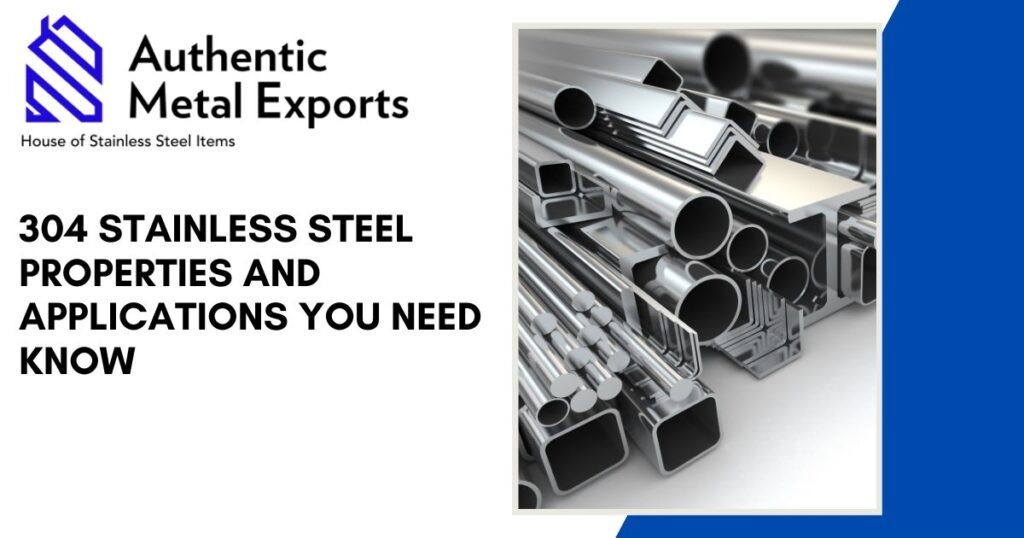Stainless steel is used extensively in Aerospace and Defense due to its exceptional strength, durability, and resistance to corrosion. Here are some of the main uses of stainless steel in these industries:
Aircraft components

Stainless steel is used to manufacture various components of aircraft, including landing gear, engine parts, and structural components. Its high strength-to-weight ratio and resistance to corrosion make it an ideal material for these applications.
Missile components
Stainless steel is used in the production of missile components due to its high strength and durability. It can withstand high temperatures and extreme pressure, making it an ideal material for this application.
Pressure vessels
Stainless steel is used to manufacture pressure vessels for storing and transporting liquids and gases in aerospace and defense applications. Its corrosion-resistant properties make it suitable for use in harsh environments.
Armor plating
Stainless steel is used in the manufacture of armor plating for military vehicles and aircraft. Its high strength and ability to withstand impacts make it an ideal material for this application.
Tooling and fixtures
Stainless steel is also used to produce various tooling and fixtures for aerospace and defense applications, such as jigs, molds, and fixtures. Its durability and resistance to wear and tear make it ideal for these applications
Overall, stainless steel’s unique combination of strength, durability, and resistance to corrosion make it an indispensable material in the aerospace and defense industries
The Significance of Stainless Steel in Aerospace and Defense
Lightweight and Strong Properties
One of the key factors that make stainless steel highly desirable in the aerospace and defense industry is its exceptional strength-to-weight ratio. This characteristic allows engineers to design lightweight structures without compromising on durability and structural integrity.
Whether it’s an aircraft or a missile casing, stainless steel ensures optimal performance and safety.
Corrosion Resistance
Aerospace and defense applications often expose materials to harsh environments, including moisture, extreme temperatures, and chemicals.
Stainless steel’s resistance to corrosion is vital in safeguarding critical components against deterioration and maintaining their performance over extended periods.
High-Temperature Resistance
In the aerospace sector, where engines generate intense heat, stainless steel alloys with high-temperature resistance properties are invaluable. These alloys retain their strength and structural integrity even at elevated temperatures, ensuring safe and efficient operation.
Durability and Longevity
Aerospace and defense systems require components that can endure rigorous conditions and have a long lifespan. Stainless steel’s inherent durability and longevity make it a preferred choice for critical parts, reducing maintenance needs and enhancing overall operational efficiency.
Defense Applications of Stainless Steel
Military Vehicles
Military vehicles require robust materials to withstand battlefield conditions. Stainless steel’s ability to resist impact, corrosion, and wear makes it an excellent choice for building military vehicle bodies and armor.
Naval Ships and Submarines
Naval vessels encounter aggressive saltwater environments that can lead to corrosion and structural deterioration. Stainless steel’s corrosion resistance and strength make it an essential material for constructing ship hulls and submarine pressure hulls.
Armored Personnel Carriers
In defense operations, the safety of personnel is paramount. Stainless steel plays a crucial role in constructing armored personnel carriers, providing protection against ballistic threats while maintaining mobility.
Advancements and Innovations in Stainless Steel Alloys
Stainless Steel Alloys for Extreme Conditions
In recent years, research and development efforts have led to the creation of specialized stainless steel alloys capable of withstanding even more extreme conditions. These advanced alloys open up new possibilities for aerospace and defense applications.
3D Printing of Stainless Steel Components
Additive manufacturing, particularly 3D printing, has revolutionized component fabrication. Stainless steel’s compatibility with 3D printing allows for the creation of complex geometries and customized parts, reducing production time and costs.
Environmental Impact and Sustainability
Recycling and Reusing Stainless Steel
Sustainability is gaining importance in every industry, including aerospace and defense. Stainless steel’s recyclability makes it an environmentally responsible choice, reducing waste and conserving resources.
Reducing Carbon Footprint
Research into eco-friendly manufacturing processes for stainless steel aims to reduce the industry’s carbon footprint. This commitment to sustainability aligns with the global efforts to combat climate change.






